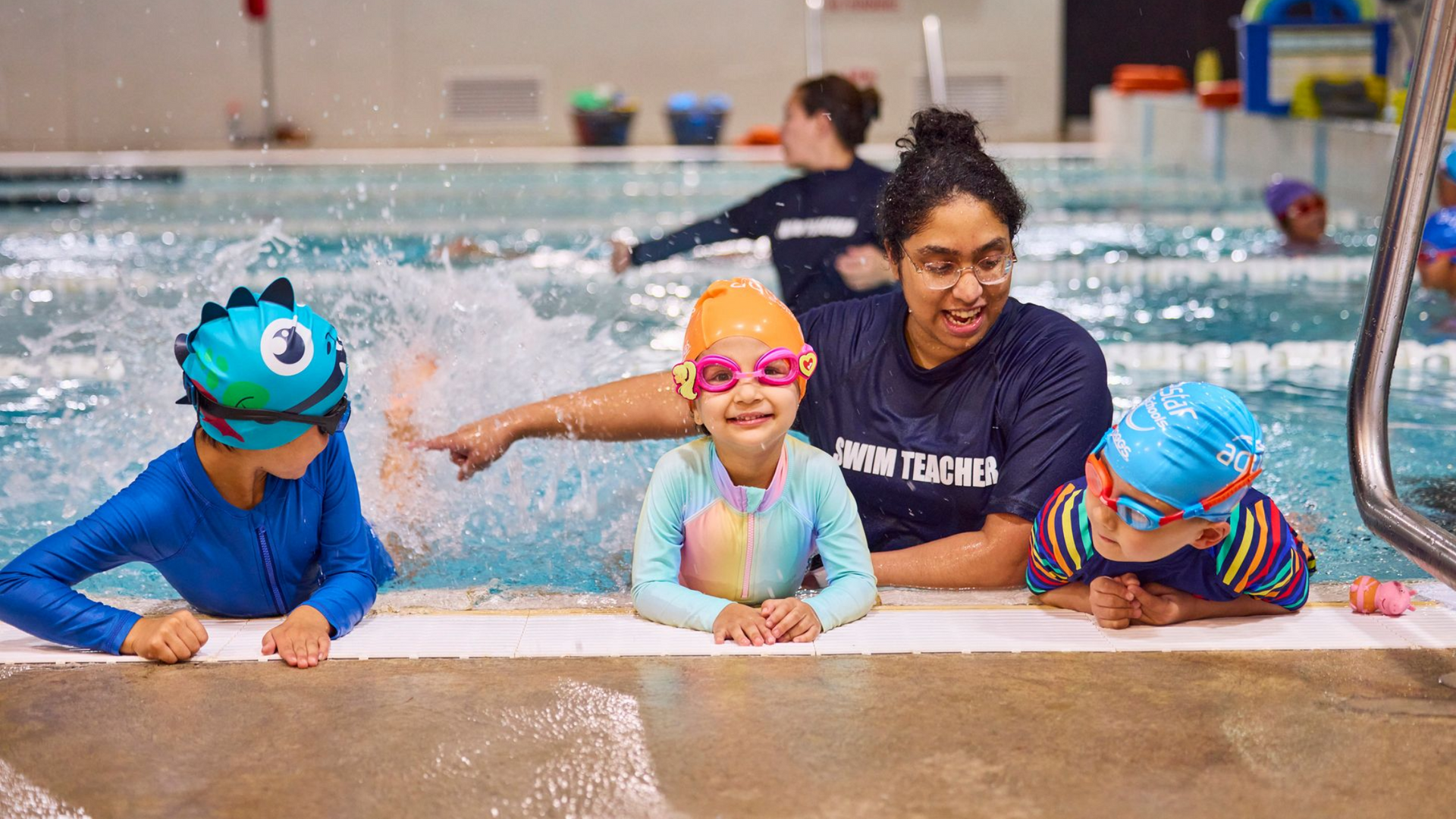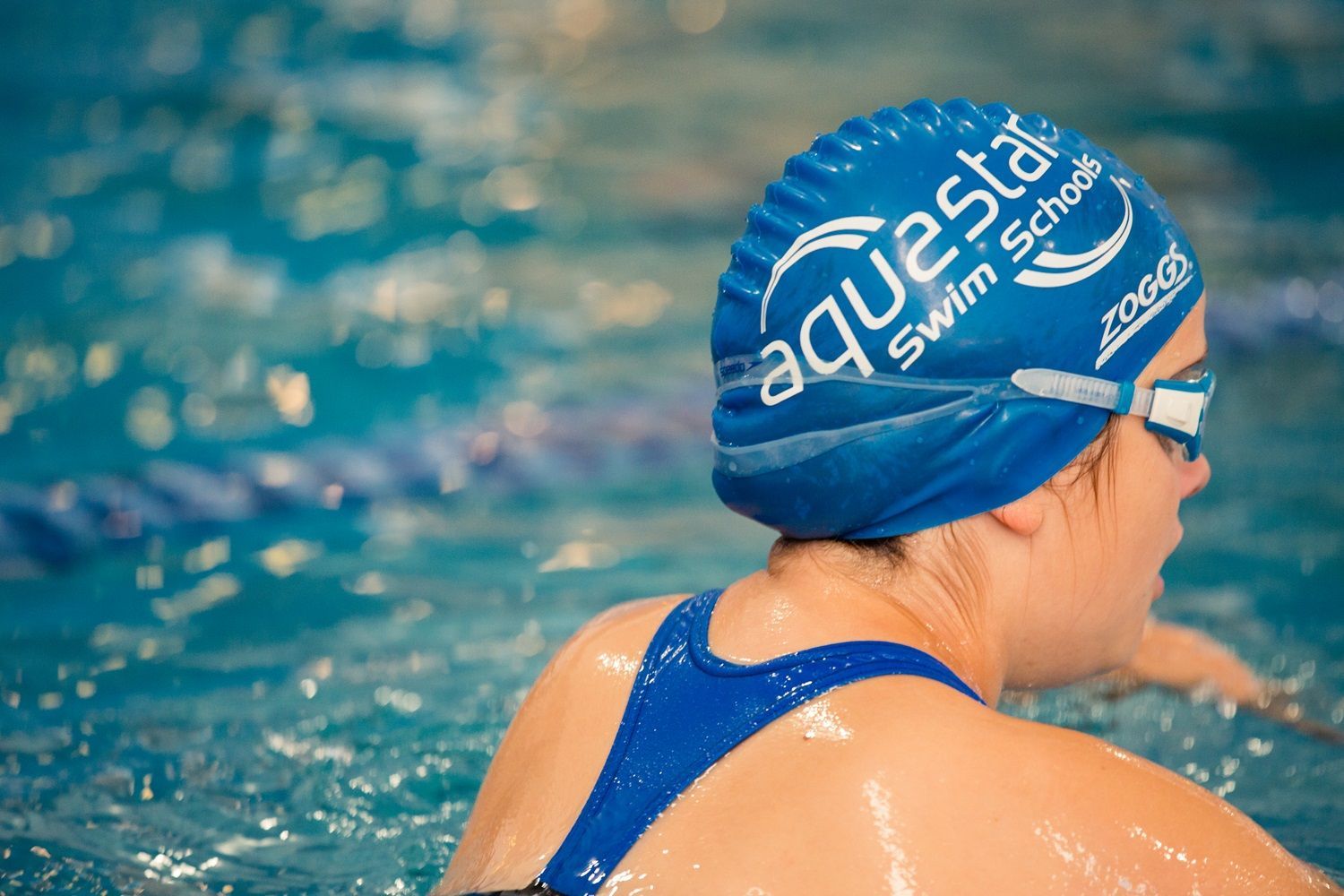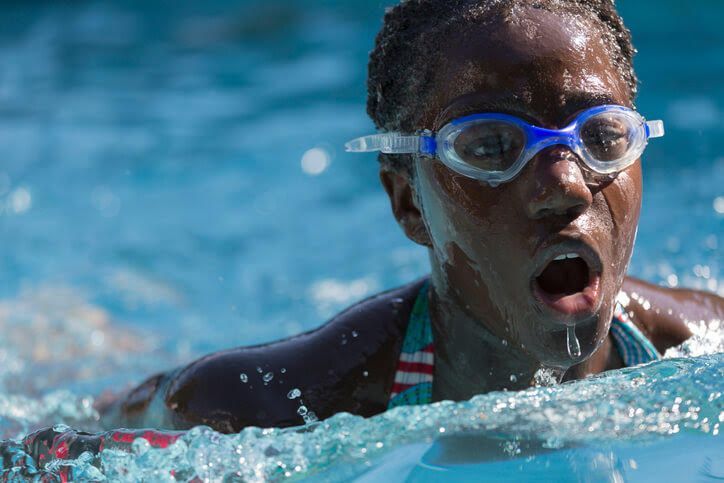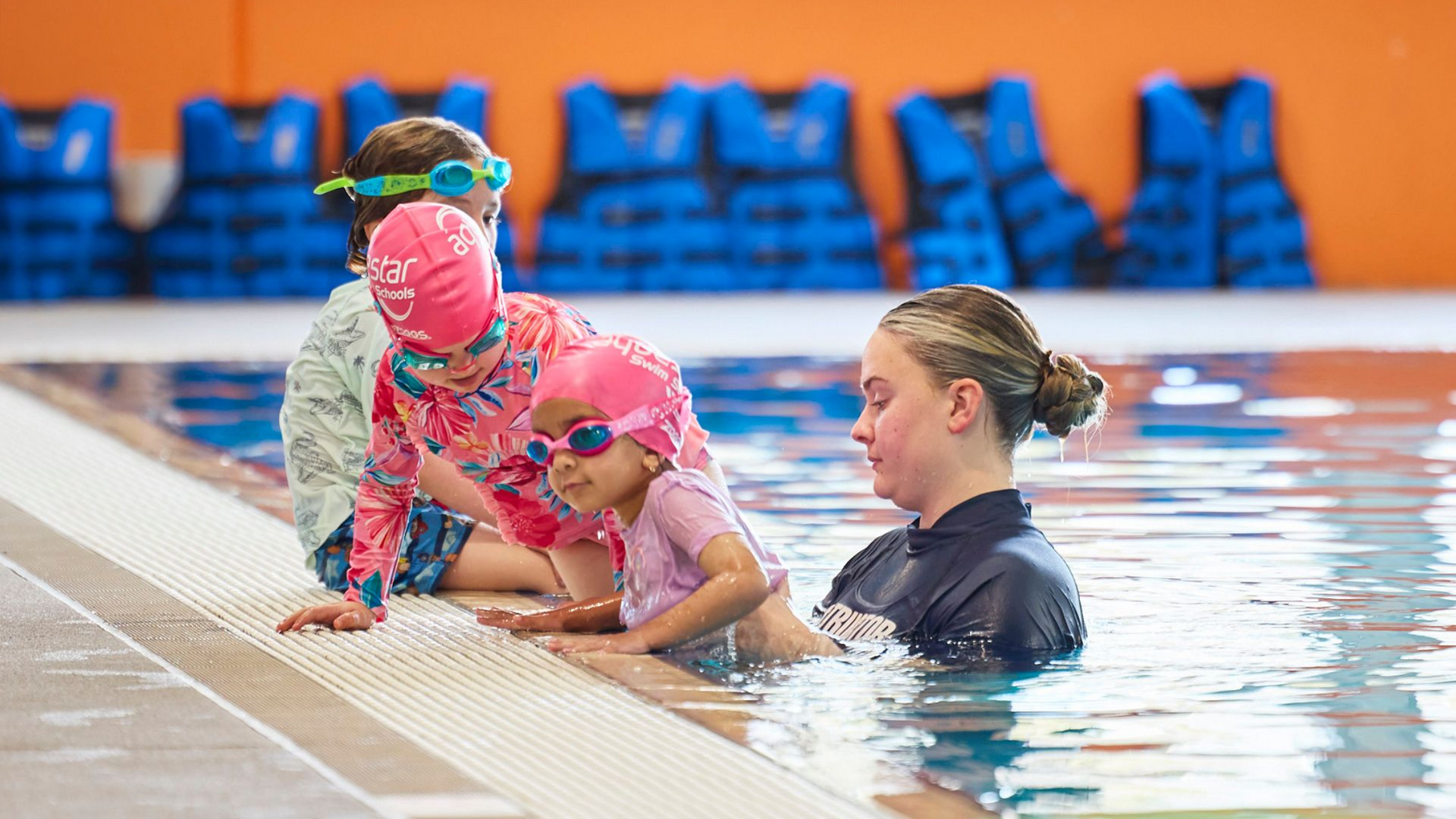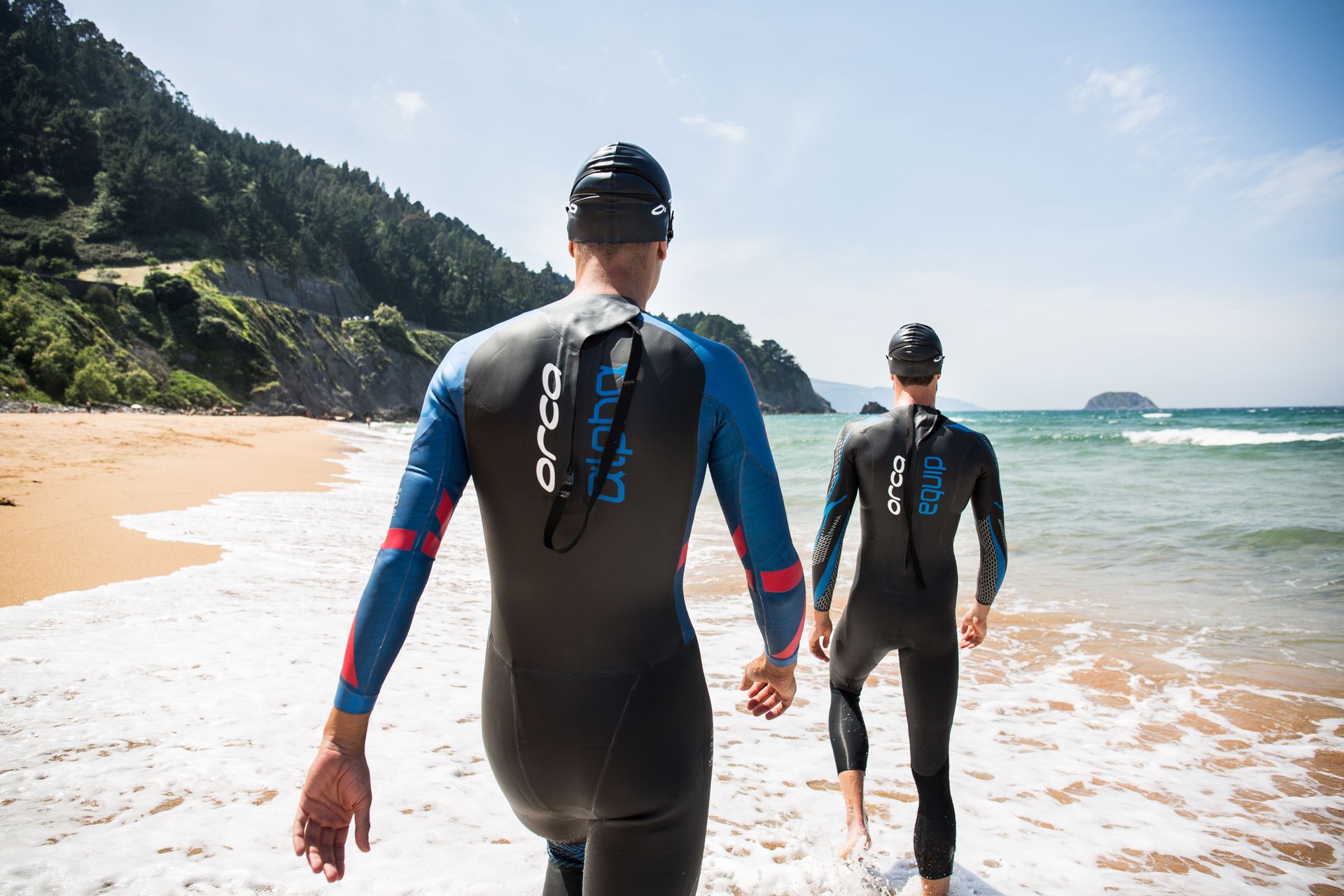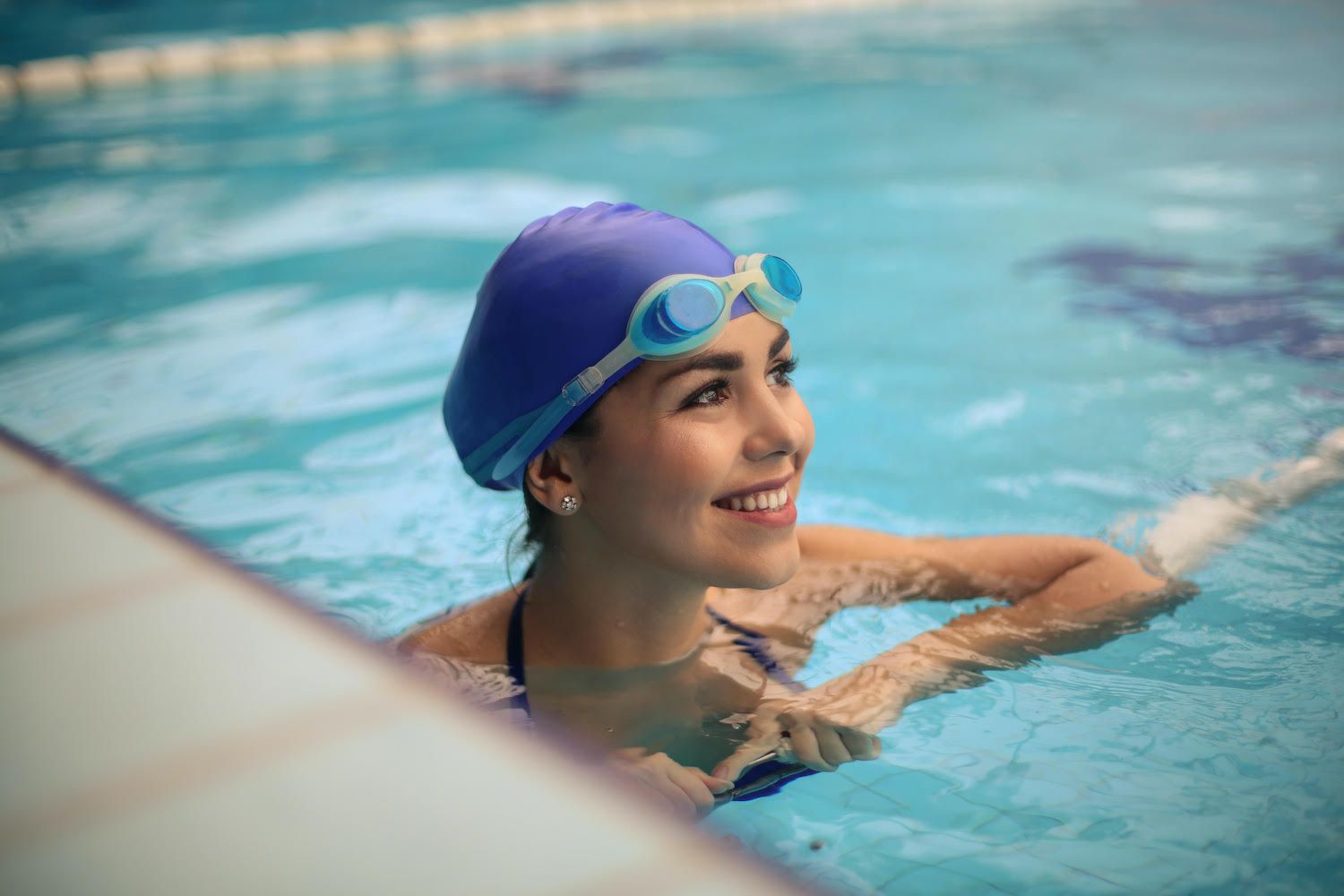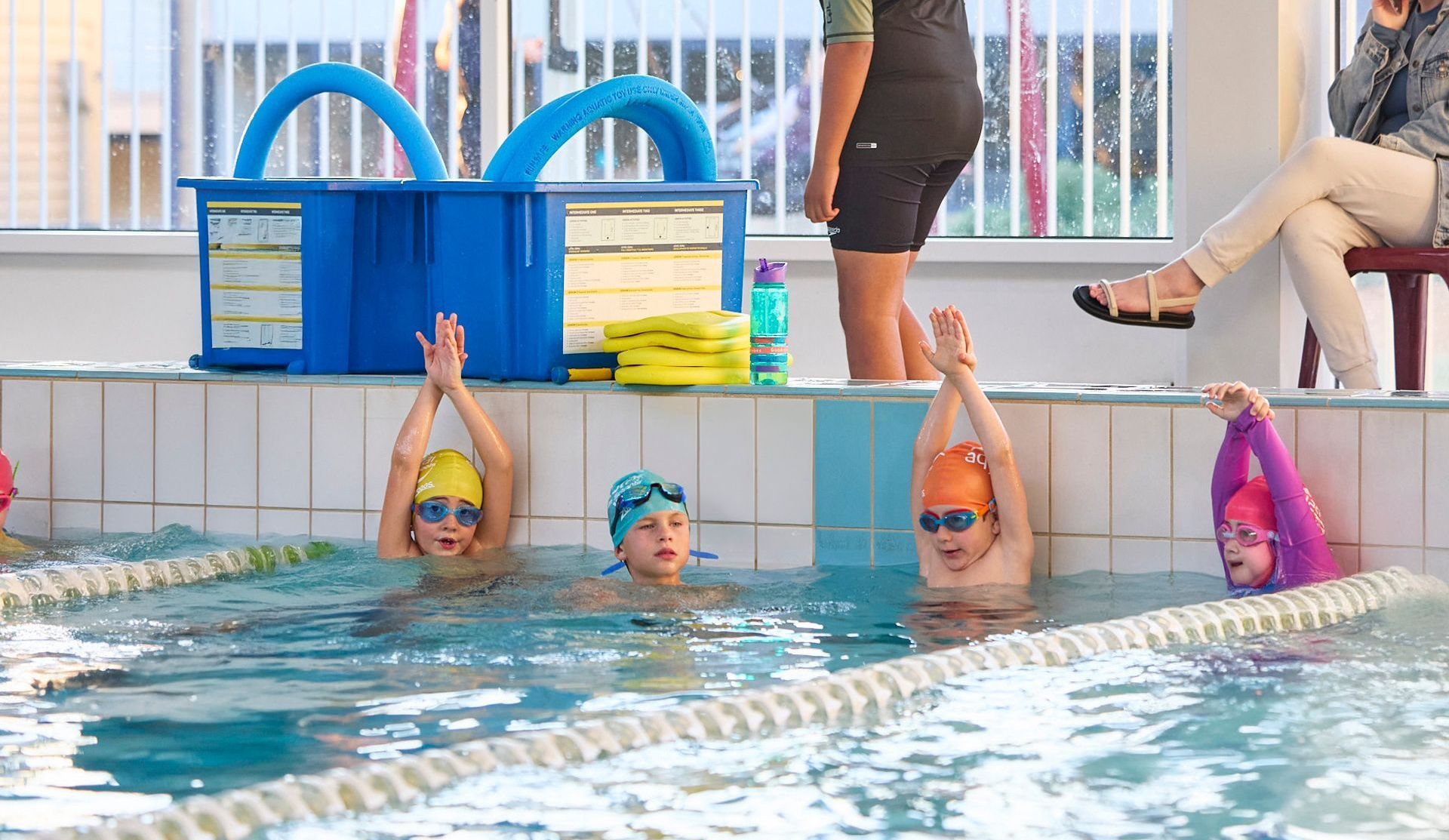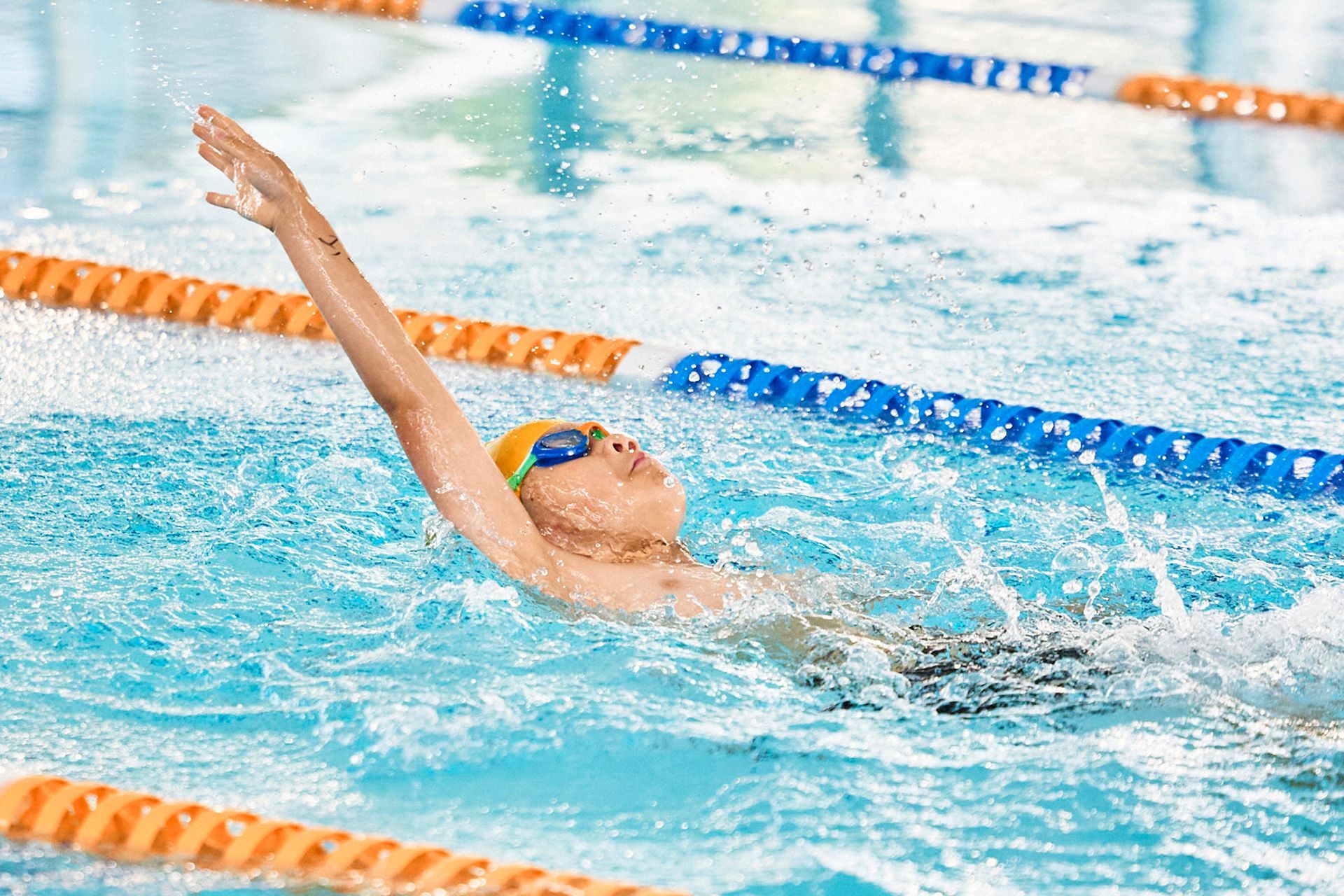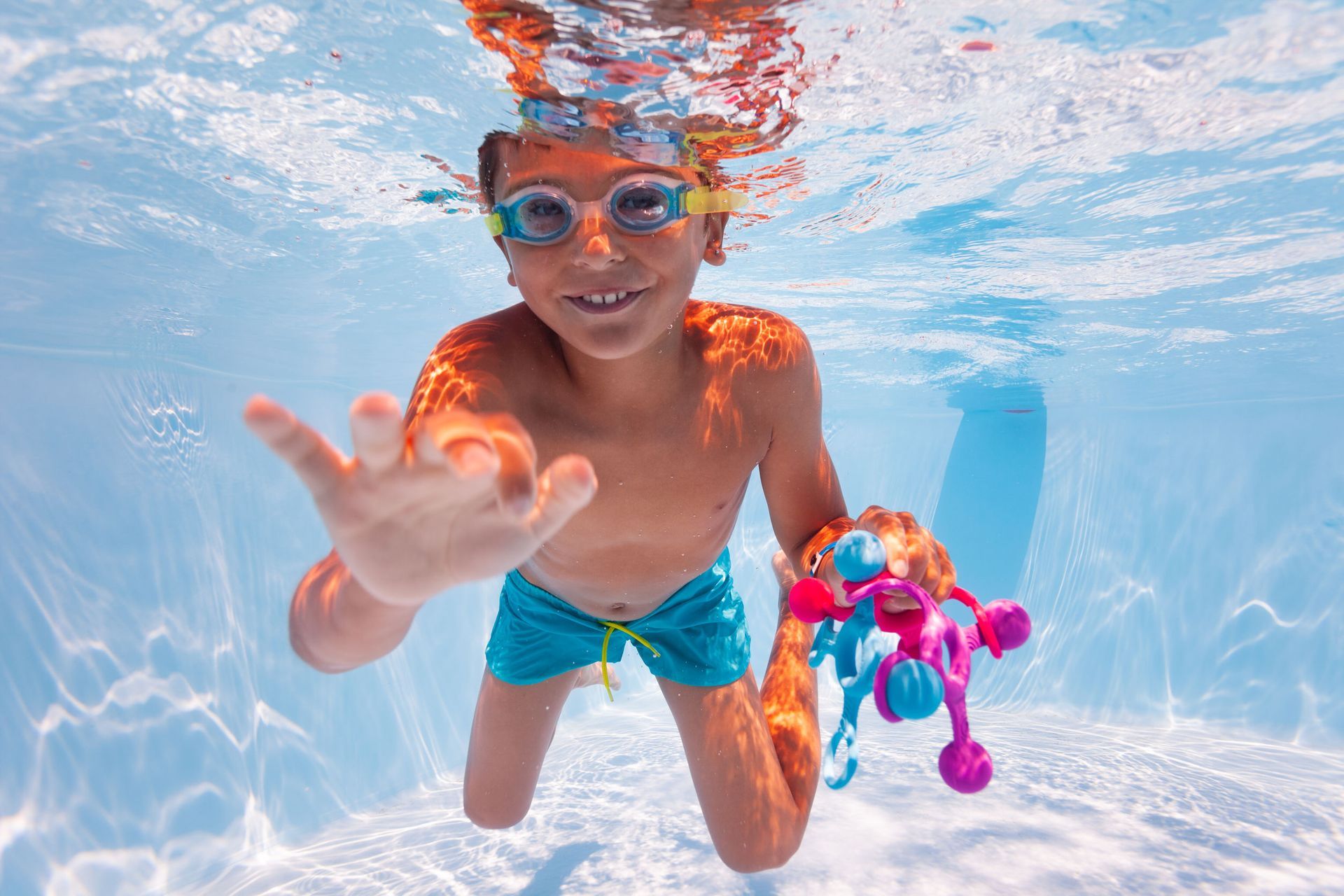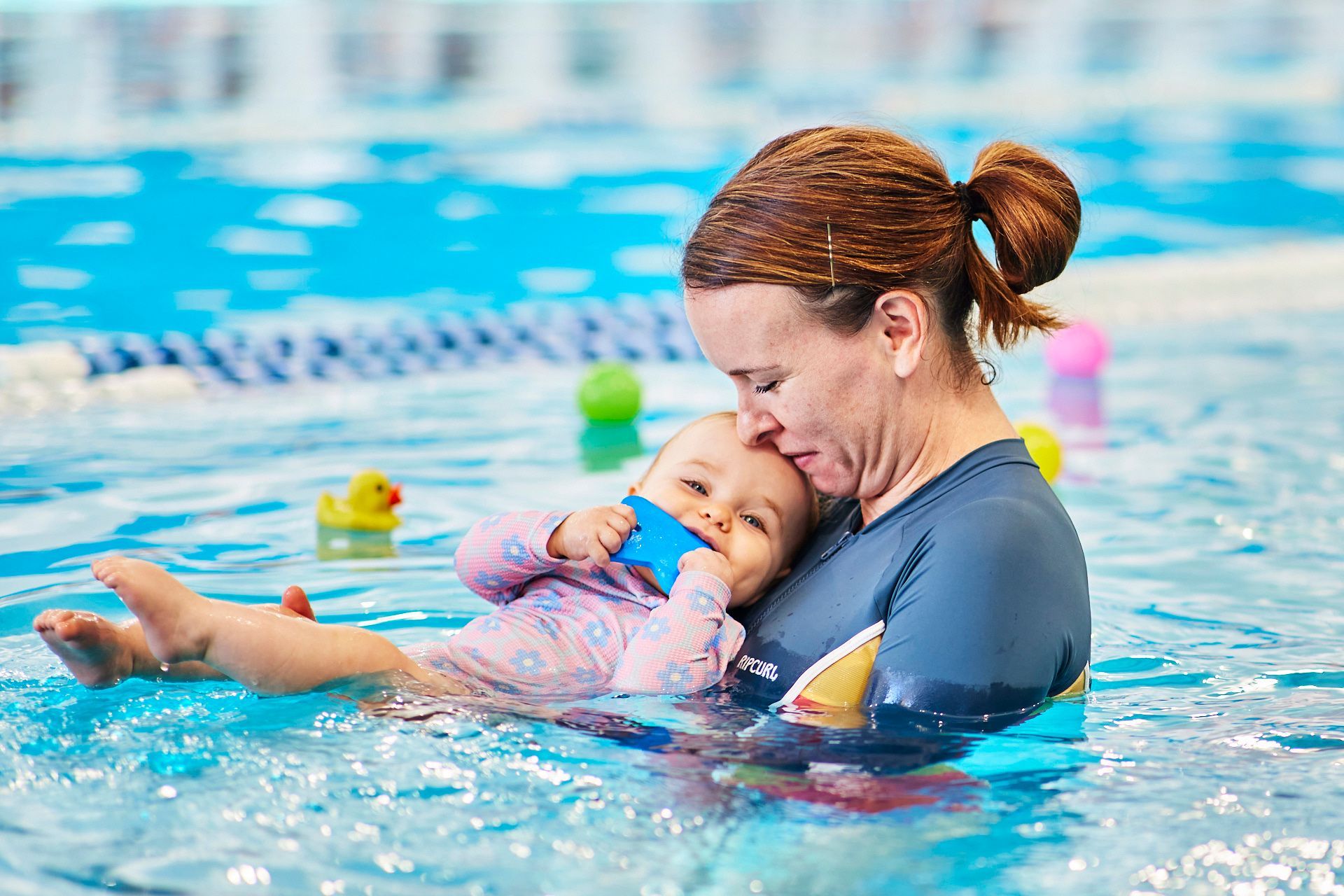From fear to fun: overcoming swim anxiety in children
Swimming is often considered one of life’s greatest pleasures – as well as an incredibly important life skill – but for some children, the thought of diving into the pool can evoke feelings of fear and apprehension.
Swim anxiety, characterised by nervousness, reluctance, or fearfulness around water, can hinder a child’s ability to learn and enjoy swimming. However, with patience, understanding, and proper guidance, it can be overcome, allowing children to embrace the water with confidence and joy.
Understanding The Source
First and foremost, it’s crucial to understand the root causes of swim anxiety in children. For some, it may stem from a past negative experience, such as a near-drowning incident or feeling overwhelmed in the water. Others may have a fear of the unknown, particularly if they’re uncomfortable with the sensation of water on their face or the feeling of buoyancy. Additionally, children may pick up on the anxiety of parents or caregivers, further exacerbating their own apprehensions. Ultimately, swimming isn’t exactly a natural activity for us humans, and holding one’s breath under water by choice isn’t either!
Creating A Safe Environment
Creating a safe and supportive environment is essential for helping children overcome swim anxiety. Swim teachers and parents should foster a sense of trust and reassurance, emphasising that it’s okay to feel nervous and that they are there to support them every step of the way. Building rapport with the child and allowing them to progress at their own pace can help alleviate anxiety and build confidence gradually.
Gradual Exposure
Overcoming anxiety around water isn’t as simple as jumping in the deep end – in fact, this is probably one of the worst things your child can do.
Gradual exposure to water is key, so start with simple activities like sitting by the edge of the pool or dipping toes in the water, allowing them to acclimate to the sensations. Encourage games and activities that involve water play, such as pouring water from cups or playing with floating toys, to help the child feel more comfortable in an aquatic environment. From there, your child can gradually scale up to more challenging activities.
Breath Control And Floating
Gaining breath control and an ability to float are two tricky skills to acquire initially, but once your child has mastered these, they are likely to feel far less anxious around water. Having the confidence to trust they can control their breathing and their own buoyancy is reassuring. Practise blowing bubbles in the water or using a straw to blow objects across the surface, gradually progressing to breath control while submerging their faces. Floating on their back with support can also help children feel more secure and in control, as they learn to trust the buoyancy of the water and their own bodies.
Positive Reinforcement
These days, science tells us that positive reinforcement (praising the right action) is far more effective that negative reinforcement (chastising the wrong action) in both animals and children alike. When it comes to learning to swim, the same rule applies!
Positive reinforcement plays a crucial role in overcoming swim anxiety. Celebrate even the smallest victories and accomplishments, whether it’s putting their face in the water for the first time or floating independently. Praise their efforts and perseverance and emphasise that progress takes time and practice. By focusing on the positives and building self-confidence, children can gradually overcome their anxieties and embrace swimming with enthusiasm.
Seeking Professional Guidance
Overcoming swim anxiety may require the expertise of a qualified swim teacher, and in some cases a child psychologist. Professional teachers with experience in teaching anxious swimmers can provide specialised guidance and support, tailoring lessons to meet the child’s individual needs and pace. Additionally, a child psychologist can offer strategies for managing anxiety and building resilience, both in and out of the water.
If your child is anxious around the pool, don’t worry – it’s a common scenario and usually with the right guidance and a bit of patience, each and every child can become confident and competent in the water. By creating a safe and supportive environment, gradually exposing children to water, and providing positive reinforcement, children can learn to overcome their fears and embrace swimming with confidence and joy.
With qualified, experienced teachers, Aquastar Swim Schools’ Learn To Swim program is ideal for children who are anxious around water and need a little extra guidance and support. To discuss how Aquastar can help your child find their confidence and discover just how fun swimming can be, get in touch today!


